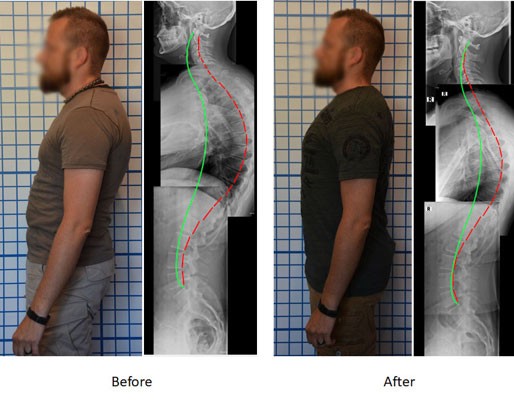Kyphosis is a condition characterized by an excessive forward curvature of the spine, primarily in the upper back. While a small degree of curvature is normal, an excessive amount, known as kyphosis, can lead to pain and functional difficulties. This condition can be caused by various factors, including osteoporosis, congenital deformities, degenerative changes in the spine, and complications from spine surgery.
Osteoporosis, a disease where bones become fragile and more prone to breaking, is a common cause of kyphosis in adults. Congenital deformities present at birth can also lead to this condition. Additionally, degenerative changes in the spine, often associated with aging, contribute to the development of kyphosis.
Kyphosis can also occur after spine surgery. For instance, post-lumbar fusions intended to correct adult scoliosis can lead to kyphosis above the fused spine segments due to stress between fused and non-fused parts. This presents a complex challenge that surgeons are still striving to comprehensively solve.
In adults, three forms of kyphosis are typically observed. Post-traumatic kyphosis, often found in patients who have suffered vertebral fractures due to traumatic injuries, usually affects the mid to lower back. Excessive kyphosis not only causes cosmetic concerns but can also lead to functional difficulties.
When it comes to treatment, patients with spinal deformities like scoliosis and kyphosis often experience significant relief of pain and fatigue, as well as cosmetic improvements following surgical intervention. However, in some cases, additional treatments may be necessary.
For more detailed information on kyphosis, its causes, symptoms, and treatment options, visit Columbia Neurosurgery, Hospital for Special Surgery, OHSU Spine Center, University of Virginia Health, and HSS Condition List.



